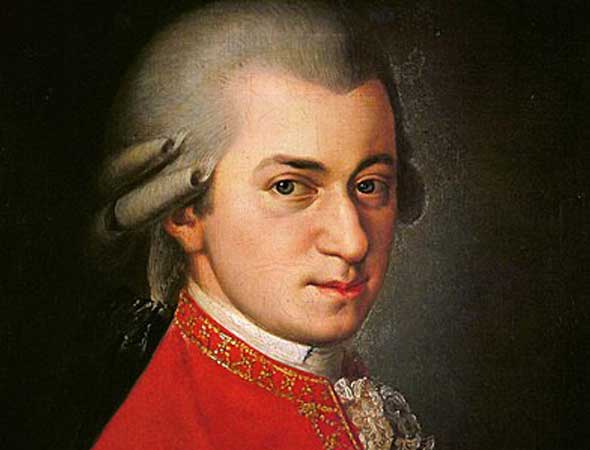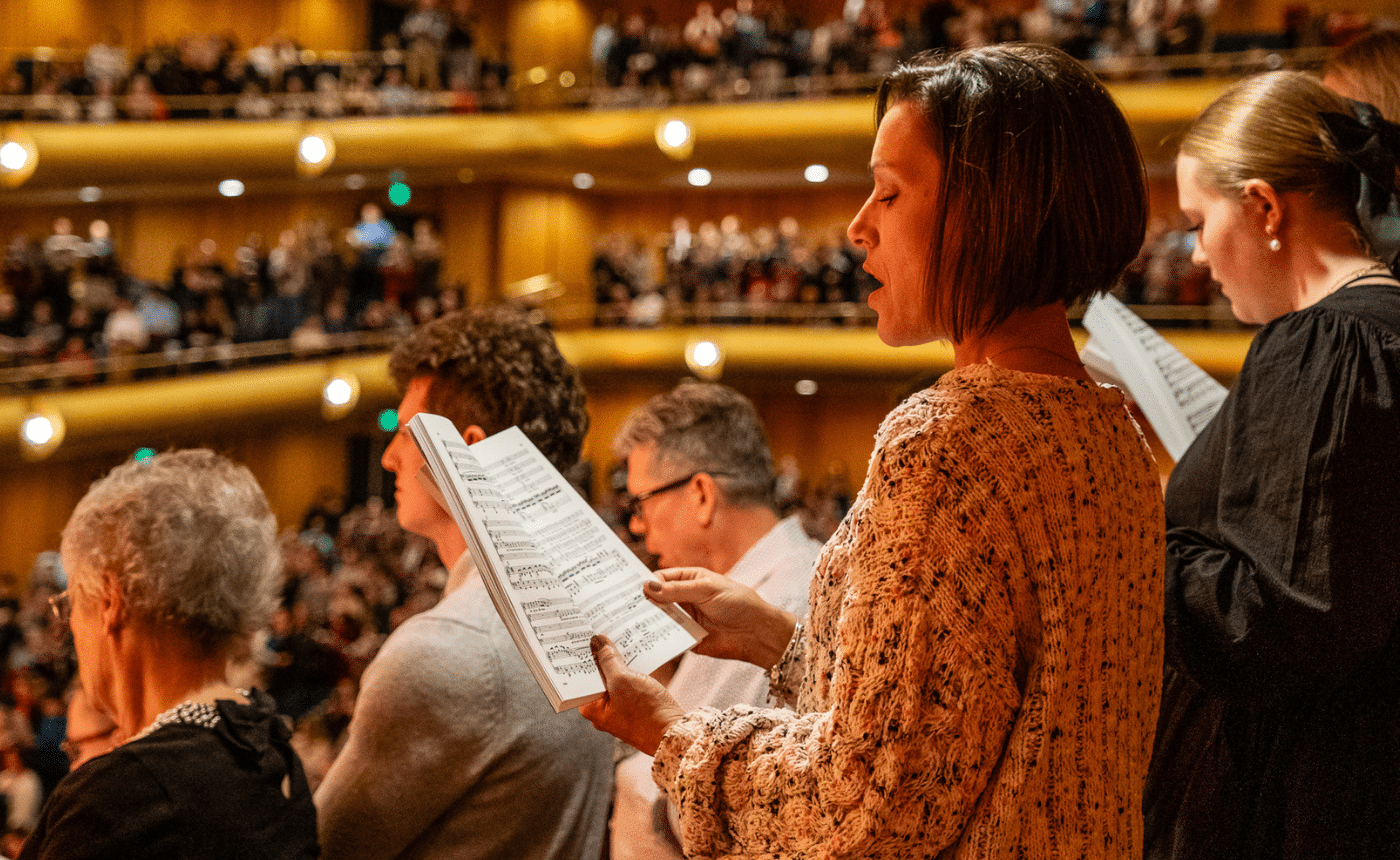MOZART: Overture to Don Giovanni
by Jeff Counts
THE COMPOSER – WOLFGANG AMADEUS MOZART (1756-1791) – Mozart met Lorenzo Da Ponte in late 1785. Da Ponte was a Venetian librettist who had already worked twice with Antonio Salieri and would go on to produce two dozen opera texts for various composers after Mozart died in 1791. The Salieri connection made Mozart extra anxious to collaborate with Da Ponte, if only to keep pace with a competitor, but Da Ponte’s legacy depended more on the match than Mozart’s. The librettist was close friends with none other than Giacomo Casanova (yes, that one) and had stood trial in 1779 for his own loose morals. Luckily, Da Ponte’s banishment from Venice led him to Vienna, where he eventually met Mozart and wrote the three libretti that we best remember him for today.

THE HISTORY – The “Da Ponte” operas of Mozart’s catalogue comprise Le nozze di Figaro, Don Giovanni and Così fan tutte. One could be forgiven for observing, in the libretto for the trilogy’s centerpiece, an almost autobiographical candor, thanks to Da Ponte’s brotherly bond with Casanova and the inclination they shared for libertine behavior. But it isn’t Da Ponte’s life (or Casanova’s) being told in Don Giovanni, though Mozart had certainly found a literary partner with real-life experience to offer. The composer received the commission for Don Giovanni while he was in Prague conducting Le nozze di Figaro. Together, Mozart and Da Ponte drew upon the work of Spanish dramatist Tirso de Molina to construct their anti-hero. The Trickster of Seville and the Stone Guest was published around 1630 and it is hard to imagine that Molina did not himself draw upon the work of his countryman Miguel de Cervantes. The first section of Don Quixote, written some 25 years earlier, includes various character studies and, most notable among them, is The Impertinently Curious Man. In this section of Cervantes’ novel, the nobleman Anselmo asks his good friend and known womanizer, Lothario (like Casanova, another name that has become an adjective), to seduce his wife. The story of Don Giovanni, the opera, also blends comedy and tragedy to tell of the amorous pursuits and eventual just desserts of a particularly shameless young nobleman. Unlike Mozart’s earlier curtain-raisers, the Overture was woven into the fabric of the opera proper with its foreshadowing of the Don’s ambivalent character and the eventual retribution wrought by the spectral “speaking statue” of the murdered Commendatore. In the operatic version, the overture’s end blends with the story’s opening scene, allowing for an unbroken transition into the action.
THE WORLD – Elsewhere in 1791, Methodist Church founder John Wesley died, the element Titanium was discovered, the Brandenburg Gate was completed in Berlin and Thomas Paine’s “Rights of Man” was published in London.
THE CONNECTION – The Utah Symphony has not performed the Don Giovanni Overture since September 2017. Thierry Fischer conducted. Utah Opera last presented the entire work in May 2017.
Preview music or sign in to your Spotify account to enjoy the entire composition.












